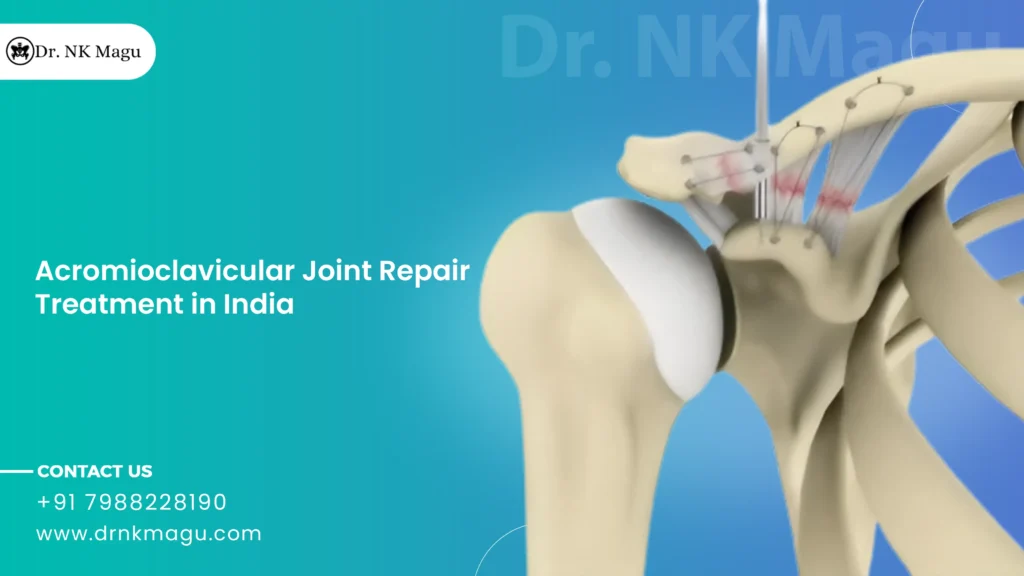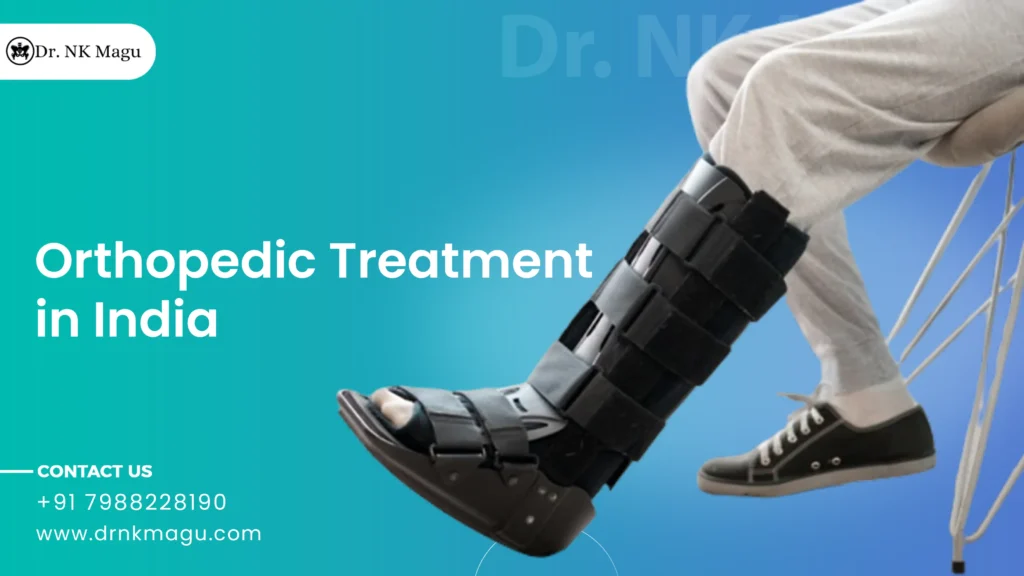Most bunion sufferers find that wearing wider shoes or putting in shoe pads relieves the pain by taking pressure off the big toe. In case these remedies fail to alleviate your symptoms, your physician might suggest having bunion surgery. To treat a bunion, there are various surgical options. Realigning the bone, ligaments, tendons, and nerves may be necessary to realign the big toe to its proper position.
What Is a Bunion?
A bunion, also called hallux valgus is a deformity at the toe, resulting from the enlargement of bones and tissue around the metatarsophalangeal joint, causing a bump in the affected area. These bumps develop when a toe joint bears stress for a long period, they grow out of the edge of the foot and result in pain and discomfort on the foot.
What Is a Bunion Surgery?
One way to treat bunions is with bunion surgery, also known as bunionectomy. There are various kinds of surgery for bunions. To reduce pain and enhance function, the majority of them entail realigning of the big toe.
Who Needs a Bunion Surgery?
Surgery is typically considered only when the bunion causes pain and functional issues. You may consider having bunion surgery only if you experience the following
- Severe foot pain that limits daily activities even when wearing a comfortable shoe
- Difficulty to walk without experiencing pain
- Chronic inflammation and swelling of the big toe that does not get better with medication or rest
- Deformity of the toe such as inward drifting of the big toe towards the smaller toes, gives rise to the possibility of toe crossings.
- No improvement in the symptoms even after changing the footwear
- The inability of medications such as NSAIDs to relieve pain.
Bunion Removal Surgery Cost in India
Bunion Removal surgery cost in India typically starts from Rs 2,07,000 (2500 USD). This is considered much more affordable as compared to certain European countries. However, the exact amount will vary depending on several factors such as the choice of city and hospital facilities, the surgeons’ fee, and the type of procedure required, etc. India is well known for providing top-notch healthcare services at an affordable price making it a destination for medical tourism. Starting Average Prices in different Cities:
| Cities | Starting Price |
| Delhi | Rs 2,24,000 (2700 USD) |
| Gurgaon | Rs 2,07,000 (2500 USD) |
| Noida | Rs 1,91,000 (2300 USD) |
| Mumbai | Rs 2,07,000 (2500 USD) |
| Hyderabad | Rs 1,91,000 (2300 USD) |
| Chennai | Rs 2,24,000 (2700 USD) |
| Kolkata | Rs 2,00,000 (2400 USD) |
| Bangalore | Rs 2,24,000 (2700 USD) |
Note: Please keep in mind that the prices given above are merely an estimate of the treatment’s initial cost and are subject to change based on a variety of factors.
Different Types of Bunion Surgery
Different types of bunion surgery can be employed based on the specific condition of the patient:
- Exostectomy: The process is only performed in minor conditions. The bunion is cut off during the procedure and the method is often used in conjunction with osteotomy. It does not realign the joint and is rarely performed alone.
- Osteotomy: A few tiny bone incisions are made by your surgeon. After that, the surgeon realigns your big toe joint with screws or pins. Sometimes, to provide the toe enough correction to straighten, a small wedge of bone is removed in addition to the bone being cut. It is the most popular treatment for bunions.
- Arthrodesis: Patients who suffer from severe arthritis or bunions, as well as those who have had prior unsuccessful bunion surgery, are frequently candidates for arthrodesis. The arthritic joint surfaces are removed during this procedure and replaced with screws, wires, or plates to keep the surfaces together while the bones heal.
- Resection arthroplasty: The damaged component of the joint is removed to create a space between the bones making the joint more flexible. Patients who are elderly, have undergone unsuccessful bunion surgery in the past, or have severe arthritis that is not treatable with an arthrodesis are the main candidates for resection arthroplasty. If not, it is rarely advised because it can alter the big toe’s push-off power.
Tests and Diagnosis
Certain tests are needed to be performed before you undergo the procedure, to determine the specific type of surgery that has to be conducted and to ensure that you are in good health to undergo the procedure. Those involved
- Blood tests
- Imaging tests such as X-rays or MRI
- Electrocardiogram.
Pre-operative Care
Before scheduling the surgery, inform your surgeon of every detail about your medical history, the medication and supplement you take, and a history of bleeding disorders. You must let your healthcare provider know if you are pregnant or think you might be. Medications like anticoagulants and aspirin can affect the blood clotting and it is necessary to stop them before the procedure. Fasting for 8 hours before surgery is mandatory.
Procedure For a Bunion Surgery
The operation procedure may vary based on the specific condition of the patient. Generally, the following steps are followed:
- The skin over the bunion is sterilized
- The skin is cut open
- The affected bone, tendons, and ligaments are cut and realigned based on the specific needs of the patient
- The opening is stitched closed
- The area is covered with a sterile bandage.
Post-operative Care
After the surgery, you will have to wait in the recovery room until the anesthesia wears off. You will be brought to your hospital room or released to your home once your breathing, blood pressure, and pulse have stabilized and you are conscious. You will receive detailed instructions from your healthcare provider on how to take care of your foot at home in the initial weeks following surgery. You may be provided with a cast or special surgical shoe to protect your foot before you leave the hospital.
Recovery and Outlooks
Regarding your postoperative activities, your healthcare provider will give you advice. For 6-8 weeks following surgery, your foot might require constant support from braces or dressings. Following surgery, you might have to wait a week or longer before driving. Physical therapy or exercises may be suggested to help the foot regain its strength and range of motion. Avoid wearing high heels for at least six months. Depending on your specific circumstances, your healthcare provider may provide you with additional or different instructions following the procedure.
Risks Associated With a Bunion Surgery
Common risks that are associated with bunion removal surgery are:
- Stiffness of the toe joint
- Loss of sensation
- Infection
- Delayed healing
- Nerve damage
- Reoccurrence of the symptom
- Failure to relieve pain
There might also be other risks that can occur depending on your specific conditions.
When Should I Be Alert After The Surgery?
You may notify your healthcare provider if you experience any of the symptoms
- Fever higher than 100°F (38°C)
- Severe pain at the site of the incision
- Redness, swelling, and bleeding of the surgical site
- Unusual drainage from the site of the incision
- Pain that interferes with walking.
Why Dr. N. K. Magu?
Dr. N. K. Magu is an Indian orthopedic surgeon who is well renowned globally for his extraordinary talent and dedication to his profession. Over many years, Dr. N. K. Magu has proven himself to be an exceptional specialist in several orthopedic fields, especially in the areas of proximal femoral osteotomies, hip preservation, reconstruction, and related subjects. His reputation has been cemented by his continuous commitment to enhancing the quality of life for his many patients.













